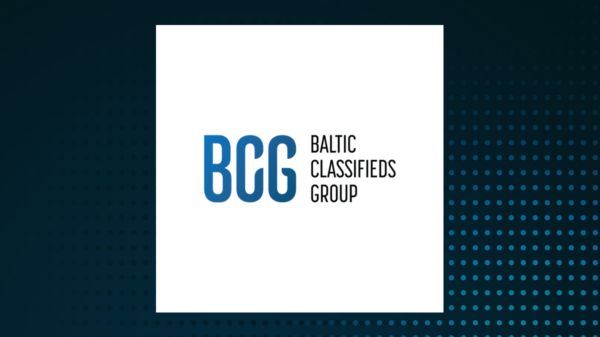The cybersecurity community is addressing a critical vulnerability identified as CVE-2022-30971, which poses significant risks to numerous applications and systems worldwide. This flaw, linked to Microsoft Dynamics 365, can potentially expose sensitive data and compromise critical infrastructures, emphasizing the urgent need for organizations to understand its implications.
Understanding CVE-2022-30971
CVE-2022-30971 is a unique identifier assigned to a vulnerability in the Microsoft Dynamics 365 suite, which encompasses enterprise resource planning (ERP) and customer relationship management (CRM) applications. This flaw allows for remote code execution (RCE), one of the most severe vulnerabilities that can be exploited by attackers. RCE vulnerabilities empower malicious actors to execute arbitrary code on a targeted system without requiring user interaction.
The vulnerability originates from improper processing of specific requests within the Microsoft Dynamics suite. If an authenticated user were to exploit this flaw, they could execute commands on the affected system. The consequences of such exploitation can include unauthorized access, data breaches, and total system compromise, creating potentially devastating outcomes for organizations relying on these applications.
Severity and Potential Impact
The National Vulnerability Database (NVD) has assigned a Common Vulnerability Scoring System (CVSS) score of 9.8 to CVE-2022-30971, categorizing it as critical. This rating signifies a substantial risk to affected systems, as attackers could seize full control, deploy malware, steal sensitive information, or disrupt business operations. Organizations utilizing Microsoft Dynamics 365 and its associated services face increased vulnerability.
The implications of CVE-2022-30971 are especially severe for industries managing sensitive data, such as finance and healthcare. A successful exploitation could result in significant financial losses, damage to reputations, and regulatory penalties. For instance, companies in the financial sector could see a loss of customer trust and face legal ramifications if client data is compromised.
Mitigation Strategies
Given the critical nature of CVE-2022-30971, organizations must take immediate action to mitigate potential threats. Here are some recommended strategies:
1. **Update and Patch**: Organizations should ensure all Microsoft Dynamics 365 applications are updated with the latest security patches provided by Microsoft. Regular updates are essential for protecting systems from known vulnerabilities.
2. **Access Control**: It is vital to review and strengthen access controls. Limiting administrative privileges in the Dynamics 365 environment can significantly mitigate the risk of exploitation. Implementing the principle of least privilege is recommended.
3. **Network Segmentation**: Isolating critical applications and databases within the network can reduce the attack surface. Proper segmentation helps contain any potential exploitation.
4. **Monitoring and Logging**: Enhancing monitoring and logging practices can detect unauthorized access attempts or anomalies indicative of a possible breach. Tools like intrusion detection systems (IDS) can help identify suspicious activities in real-time.
5. **Incident Response Planning**: Maintaining a robust incident response plan is critical. In the event of a successful exploitation, a prepared response can mitigate damage and assist in recovery efforts.
6. **Awareness and Training**: Regularly educating employees about the risks associated with cyber vulnerabilities is essential. Training should encompass secure practices for accessing applications and recognizing potential phishing attempts.
CVE-2022-30971 serves as a crucial reminder of the evolving landscape of cybersecurity threats. As organizations increasingly depend on applications like Microsoft Dynamics 365, the ramifications of such vulnerabilities can be profound. It is imperative for organizations to remain vigilant, proactive, and informed, ensuring they have the necessary safeguards in place to protect their digital assets. A culture of security awareness and continuous improvement can significantly mitigate the risks posed by critical vulnerabilities in today’s interconnected world.





































































